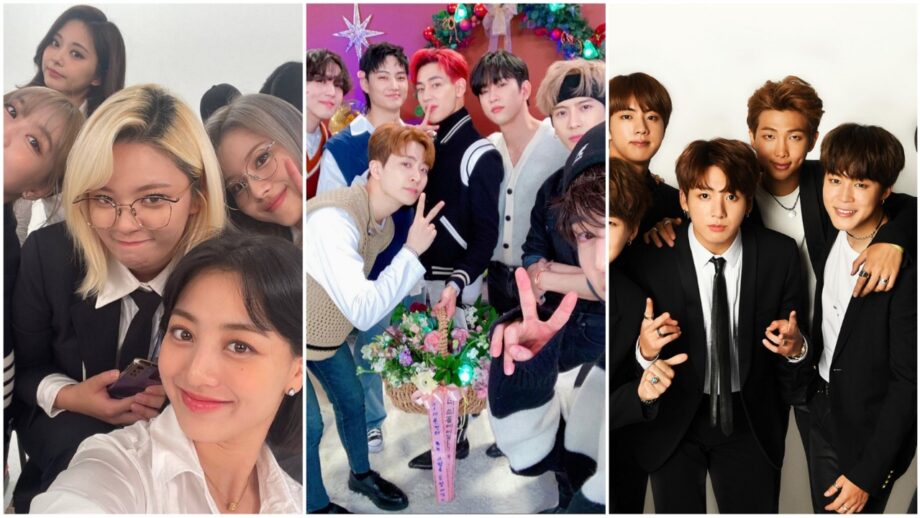Are your music selections becoming a touch stale? Are you looking for a reason to broaden your musical horizons? If that’s the case, why not include K-pop in your entertainment mix?
It’s a wonderful idea not just because K-pop is a limitless well of catchy, enjoyable music, but also because there are so many various sorts of media available beyond the songs themselves that you’ll likely never run out of things to do.
If you’re considering getting into K-pop, there are a few things to be aware of — and cautious about. Many beginners to K-pop have fundamental questions, such as what makes the genre so unique. What exactly is an idol? What is a fancam, exactly? And why should I be bothered by all the dancing?
Let us help you navigate the wonderful world of K-pop by providing answers and insight. We’ve also put up a unique 100-song playlist to expose you to the fundamentals of K-pop, as well as some of our personal favorites.
What exactly is K-pop?
Korean pop music, whether it’s part of Korea’s enormous industrial entertainment complex, independent music, or something in between, is referred to like K-pop.
With a single landmark performance in 1992, the genre boom as we know it today — complex footwork, bright graphics, hummable songs — started. On a competitive talent event, the band Seo Taiji and Boys performed their hip-hop hit “I Know.” The band didn’t win the competition that night — in fact, they came in last — but the song’s distinctive combination of Western hip-hop and less aggressive traditional Korean music drew a loyal following of fans. For 17 weeks, “I Know” topped the Korean music charts, paving the door for a wider combination of current American pop music with traditional Korean pop music.


